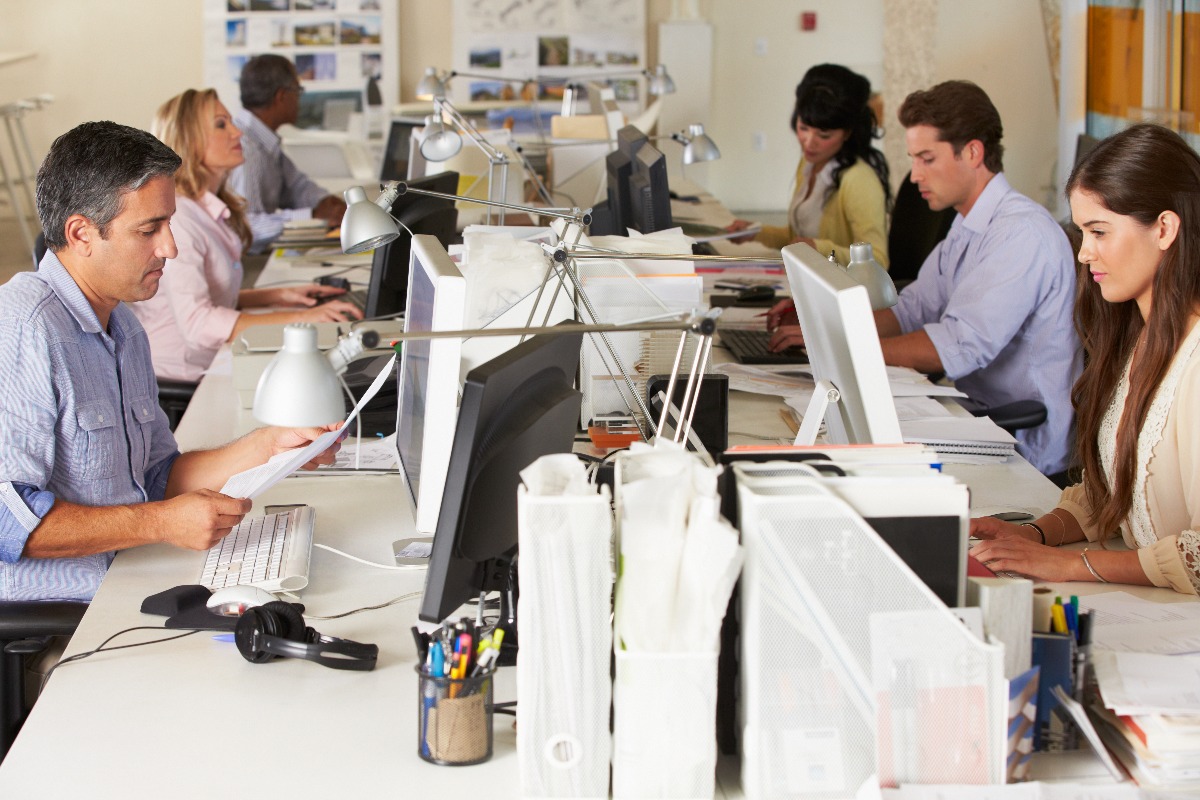Managing the physical workplace in and after the COVID-19 pandemic requires, like any good strategy, much thought, discussion, and preparation. Maximizing productivity while minimizing risk is a challenging undertaking, but careful planning can make it possible.
Employers need to devise a solution that will encourage employees to report to work physically. As government restrictions slowly loosen wider vaccinations, look into these important considerations to steer your company toward the best course of action.
Plans for Employee Safety
While financial recovery is an important goal for a post-COVID-19 workplace, employee safety should remain the number one priority. The only way for a company to thrive after the pandemic is by protecting its employees, who are the backbone of daily operations.
Management should stay updated with the latest government guidelines towards reopening businesses. This is important to stay on top of as instructions vary per local authority.
Sanitation measures also need to be updated for post-COVID-19 times. A particular concern is the heating, ventilation, and air conditioning (HVAC) in the office. Employ HVAC repair services and cleaning jobs to reassure employees of good, clean air circulation when they return.
COVID-19 safety protocols should also be maintained even after vaccinations are rolled out. This includes masks and other applicable personal protective equipment, temperature checks, and disinfection stations.
Employee Benefits and Compensation
Your company may have made adjustments to employee provisions and allowances in response to the COVID-19 crisis. Should there be changes once they return to the workplace, these have to be announced.
What benefits can you provide?
Employees will be particularly concerned about their health benefits after COVID-19. Reassess your corporate health insurance plan and see if you can accommodate coverage adjustments.
You may need to rework your paid leave allowances and benefits. But while doing so, make sure policy adjustments adhere to state laws. Upon taking these steps, review the eligibility of current employees as well.
Will there be adjustments to their compensation?
The COVID-19 crisis has forced many businesses to impose pay cuts on all workers. Before returning to a physical setup, arrange all needed revocations or status changes for employee salaries. See if part-time employees should be promoted to full-time, too, or vice versa.
You must also discuss updated calculations for bonuses and other incentives upon resumption of physical work. This is also a good opportunity to review your compensation scheme and see if it promotes pay equity.

Workplace Arrangements
When employees come back to work, you need a well-planned setup that will prioritize safety while keeping workspaces comfortable and conducive to productivity. The post-pandemic workplace arrangement should take into account the needs and concerns of employees.
What will be your new schedule and setup?
When restrictions ease, management should decide the best way to restructure the physical office. Promote physical distancing by rearranging cubicles to have more space in between. Also, have signs to guide traffic in hallways, stairs, and elevators.
Smaller manpower will mean a simpler transition from remote work to physical work. A larger workforce, however, may benefit from permanently adopting a hybrid work setup. This puts employees on a rotation of working from home and then from the office as needed.
For a hybrid setup, determine which workers are critical for on-site work. They will be the ones who will more regularly accomplish tasks from the office. Other team members will primarily do remote work but will report to the office when necessary.
What do your employees need to return on-site?
A new work setup requires proper equipment for employees. Provide them with the right tools for on-site and off-site collaborative work and be open to feedback and suggestions on how to transition more efficiently. This means keeping remote work platforms such as video conferencing tools and messaging apps in use even when physical work resumes.
If your workplace is larger, you may also want to utilize wayfinding apps to locate vacant meeting rooms and fellow team members with ease. These show employees the necessary information through a virtual floor plan. A wayfinding system allows employees who occasionally report to the office to become familiar with the workspace.
Clear Communication
Good strategies are not enough on their own. Management should clearly communicate all changes that affect employees for a smoother transition to physical work.
Restarting in a post-COVID-19 environment will be disorienting for most, if not all, employees. Hold a company-wide briefing to realign priorities and goals for the season. Discuss what they are expected to accomplish and what the company is doing to promote safety and assist employees.
View returning to the workplace post-pandemic as an opportunity to revitalize company culture. When handled well, it boosts employee morale and loyalty.